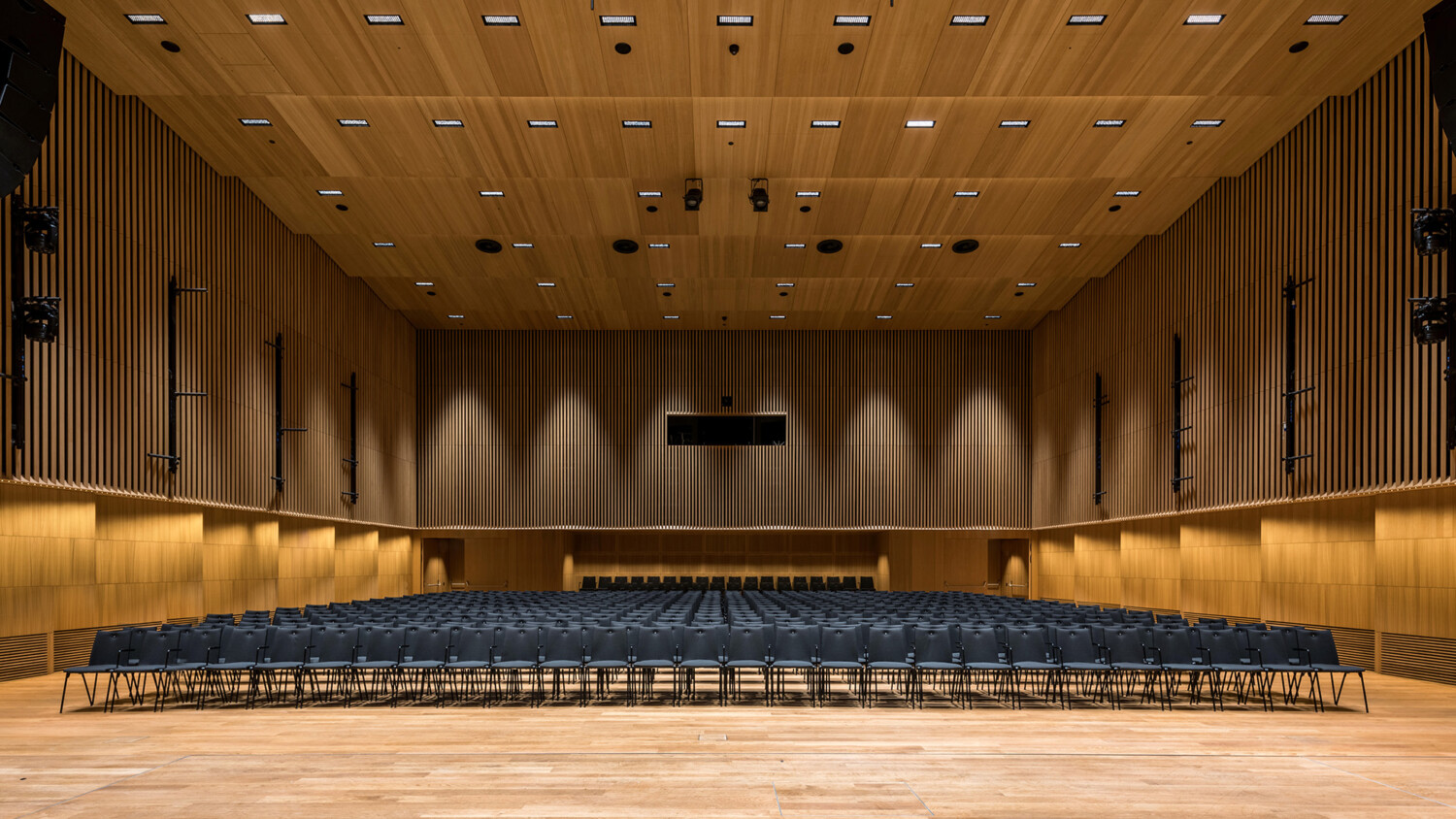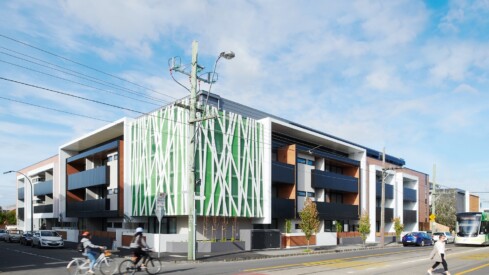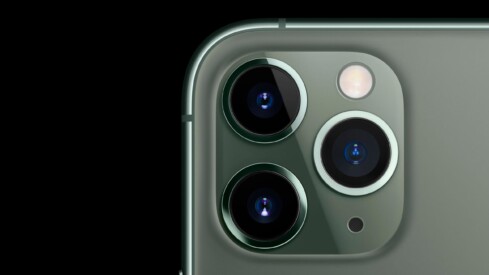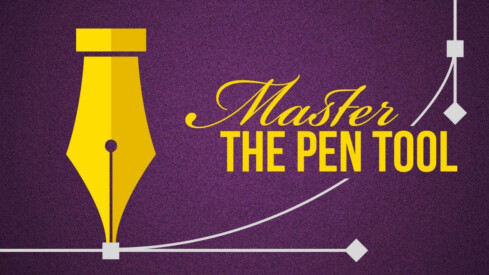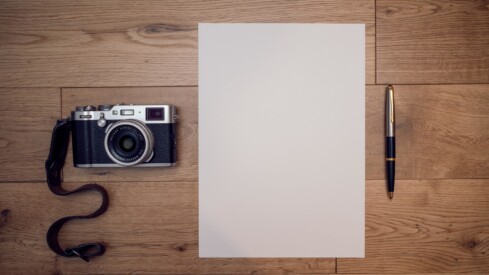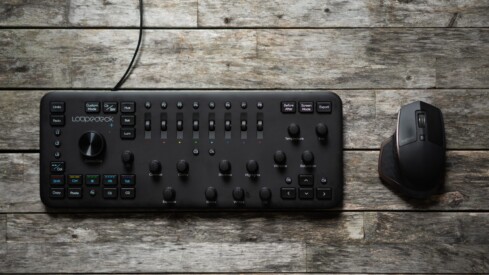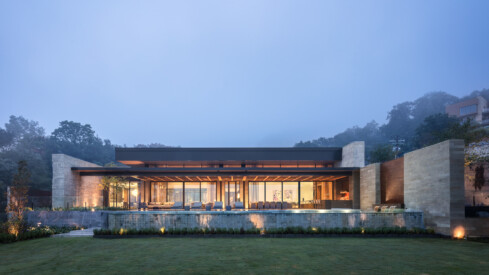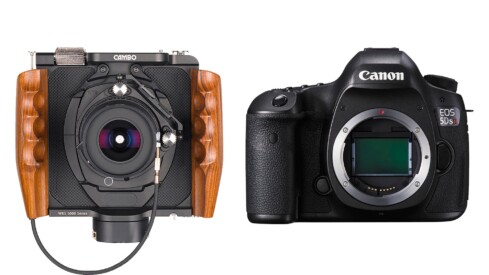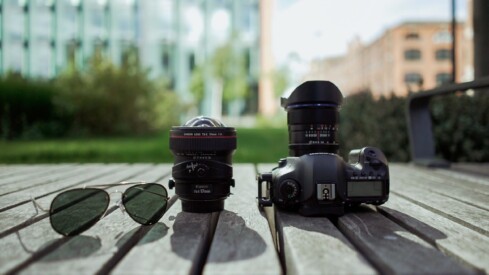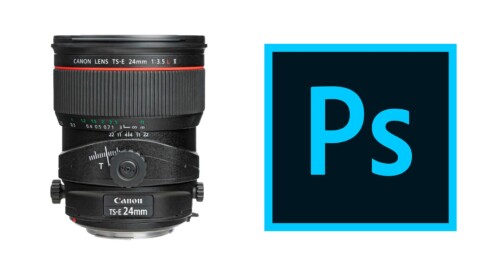How to Use HDR and Get Away With It
HDR has become a dirty word in professional architectural photography. We’ve all seen the over-processed HDR real estate photos where the colors and tones are off, and everything looks crispy and awful. Don’t get me wrong; tasteful HDR like the work of Trey Ratcliff as an artistic choice, now that can be cool.
